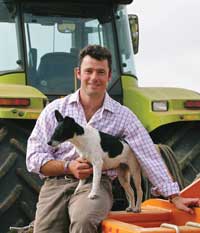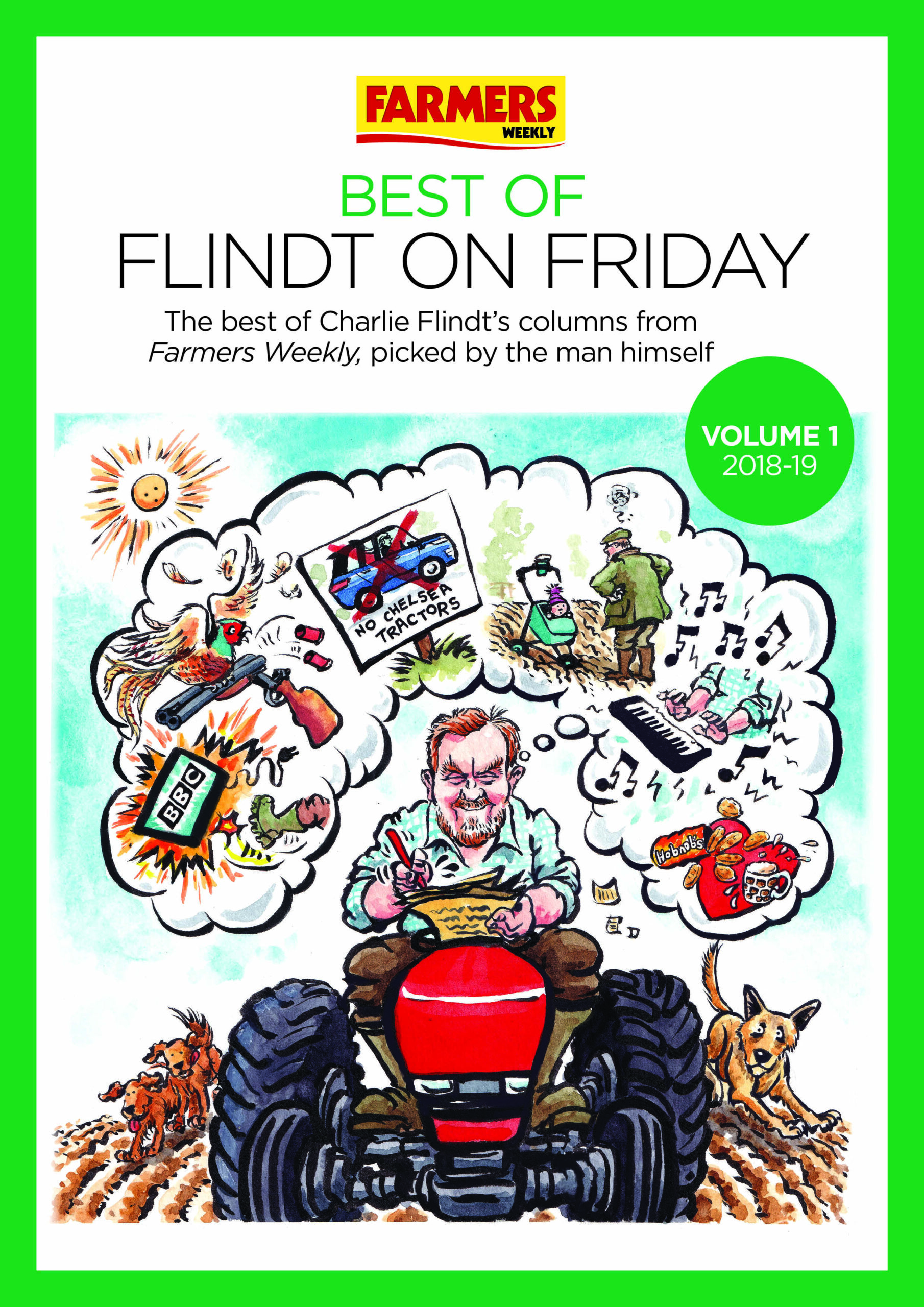Time to ditch the language of the past

Metrication took place in the UK in 1965. So why, nearly half a century after imperial measurements were supposedly deemed surplus to requirements, am I memorising formulas that convert 21st century units into language that my grandfathers used?
I am currently enjoying my fertiliser training. As a part of the FACTS syllabus, we are expected to know how many hundredweight of fertiliser should be applied to an acre of wheat. I have a very bad memory for information that I don’t regard as important (my wife often reminds me that a wedding anniversary once fell foul of this filter) and, as far as I am concerned, poles, perches, units, bags, and hundredweights certainly fall into that category.
So why is farming so reluctant to let go of imperial measures? It is time that we draw a line in the sand? Agree that they made an important contribution to farming, but consign them to history. The longer we allow people to use these archaic measures the longer we enable them and handicap the farmers of tomorrow.
Regardless of Nick Clegg’s disparaging remarks towards employing kin within family businesses, farmer’s sons and daughters will play an important role in farming for many years. If the elders persist in talking “Farm Latin” it is fair to assume that their offspring will also converse in units, bags and acres. It is a vicious circle and the cycle needs to be broken.
But more vexing (and rather amusing) is the way our industry selects the unit of measurement depending on emphasis. If a farmer wants to describe the size of his farm, he talks in acres, unless its over 1,000 hectares in which case I am told it is very gauche to talk acres.
When the farmer refers to his combine header, it is always in feet – but divulge how much diesel costs and litres are preferred to gallons as the chosen denomination.
Agronomists, GPS soil analysts and machinery manufacturers are all experts at this art. They will refer to performance in terms of hectares, but will price the cost of that performance in acres.
Our industry has been a world leader in the manipulation of measurement since decimalisation. The joy of this deceit is that it has no rules. It allows anyone to choose when and where they abuse – switching between imperial and metric like a chameleon to its environment.
Pub yields, the ones that we share with our drinking pals, but not with Her Majesty’s Revenue and Customs, are the gold standard in measurement deceit. Fuelled by five pints of Old Codger, 4 tonnes/acre lacks flair for a good boast. It is far too easily trumped by a contrived metric card. Twenty-four hundredweight per hectare will win the annual wheat award in most village bars, though I am yet to hear of a better yield than the 49.5 bushels/rood bragged by a farmer in a pub on the Lincolnshire Wolds in 2009.
Even this magazine deliberated long and hard on its decision to quote farm size in hectares rather than acres. Perhaps the worry was that land agents would sue for defamation. No one likes others describing their crown jewels in a smaller denomination. I understand their reservation – to advertise land at £16,000/ha is eye-watering, but is it wrong?
If UK farming is an industry of the future, isn’t it time we stopped talking in a language from the past?
Ian Pigott is 40 and farms 700ha in Hertfordshire. The farm is a LEAF demonstration unit, with 130ha of organic arable. Ian is also the founder of Open Farm Sunday.

